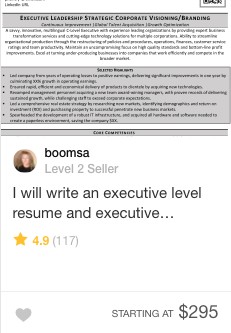A marketing plan will lead you to make smart, strategic business decisions that will help you delight and retain customers and generate referrals and buzz. You’ll end up with a crystal clear picture of who your target client is, why they want to buy from you, and how you’ll get them to become a repeat customer. Sounds good, right?
You don’t need your MBA to create a stellar marketing plan for your business.
Here Are The Essential Elements of your Marketing Plan
- Executive summary
- Mission statement
- your target demographic
- what you do
- and that your services are affordable
- Target customer
- Products and services
- what makes your services or products different than what is on the market
- your timeline for creating products or services
- how you’ll develop the products you sell if you haven’t already started
- Distribution plan
- Promotional plan
- social media marketing
- influencer marketing
- SEO optimization
- email marketing
- press, and even selling or giving away merchandise like t-shirts and tote bags
Your executive summary is a quick recap of what your key stakeholders will learn as they review your marketing plan. Even though it’s typically the first section of the plan, you can write it after you’ve finished writing the rest of the document. Think of it like an elevator pitch that will get people interested in finding out more.
Every business needs to have a mission statement that explains why it exists and what its unique value proposition is.
Eyewear juggernaut Warby Parker, summarizes its goal with a succinct mission statement:
Warby Parker was founded with a rebellious spirit and a lofty objective: to offer designer eyewear at a revolutionary price, while leading the way for socially conscious businesses.
You instantly know what you will get as a customer: designer glasses at a low price and the opportunity to make a social impact.
Now let’s say your company creates video ads for businesses. Your mission statement could be: “We help businesses connect with consumers by telling an engaging story that makes their products and services shine, without breaking the bank.” In one sentence you’ve told people:
To reach your ideal customer, you need to know who that person is and where you’ll find them. Spend time thinking about the nitty-gritty of who your target client is by answering questions about their demographic and psychographic profile. (Demographics define who the customer is and psychographics explain why they are a customer.)
When you are identifying demographics, think about the target age, gender, location, marital and family status, and income. If you are a photographer who specializes in weddings, your target demographic is likely people in their 20s and 30s who live in your state and have the funds to pay your fee. To identify their psychographic profile, think about the emotional reasons that someone is looking for your services. In this case, they want their wedding to be perfect and value high-quality photos of their big day. Because weddings are so personal, it would be helpful to show that you understand how special weddings are and that you can capture the couple’s relationship and story.
You can learn about your target demographic by communicating with your current customers, hosting focus groups, and digging into your website analytics and social media following.
List out what you sell and your price points. As you are going through the exercise, you might come up with different price packages or new products or services. If you are a writer, you could include a variety of services like writing articles and blog posts, business copywriting, press releases, and proofreading and editing. In this section include:
You’ve discovered your target customer, figured out what you’ll sell, and now you have to figure out how you’ll sell to them. Your distribution plan stipulates how people will buy your products and services. If you have a physical product, you can sell on your own ecommerce website, both online and in-store with mass retailers, at small boutiques, at your own brick-and-mortar stores, or a combination. If you have a service or digital product, consider the different places where people can purchase your services such as on your website, on Fiverr, or by clicking on a banner ad.
Generate buzz for your business. Make a plan for how you’ll promote your business like:
Set measurable goals and marketing objectives, like generating traffic that increases sales by 20%, obtaining a certain number of new clients or customers per month, or building brand awareness by getting featured in a specific number of articles. Your marketing plan can be a living document that evolves as your business does.
Have you tried creating a marketing plan? What do you think is the key to a good plan? Tell us in the comments below!
The post 6 Key Components of a Comprehensive Marketing Plan appeared first on .






